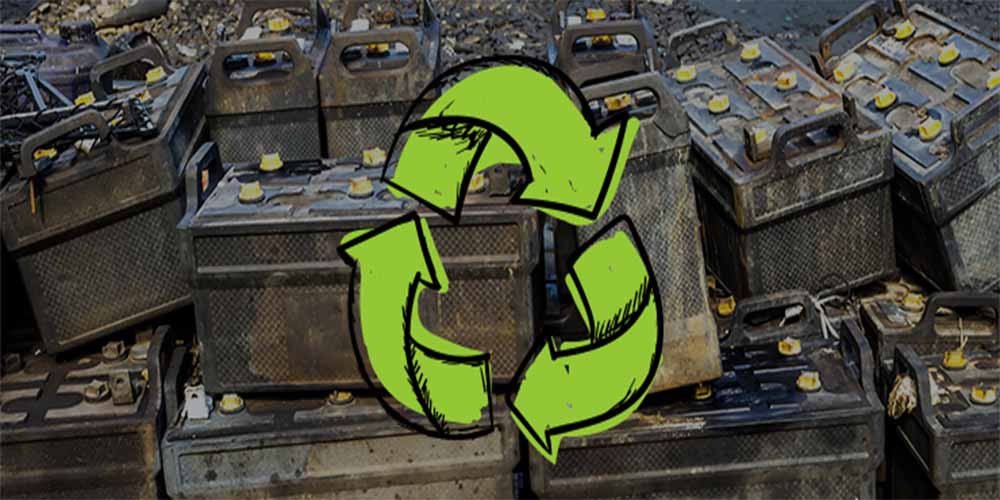This is what happens to your old car battery

A battery is an automobile part that goes ignored under the hood until it starts giving trouble. There is nothing worse than a flat battery to slow you down on a busy day.
Automotive batteries are made up of a number of components, including lead, sulfuric acid, and plastic. Though these components are safe to use, improper recycling and disposal can have dangerous consequences.
Lead particles and fumes from the batteries can harm the environment, permeate the soil and reach the groundwater, entering the food chain with hazardous impact on living beings. Lead is a cumulative toxicant that affects multiple organs like the kidneys and the nervous system in humans, and it is especially harmful to children.
Due to these safety concerns, the government has the Batteries (Management and Handling) Rules, 2001 in place. According to government regulations, consumers, traders, and manufacturers are responsible for the safe collection and disposal of scrap batteries against the purchase and sale of every battery.
Amara Raja Batteries Ltd. (ARBL) participates in the Battery Handling Management Rules (BHMR) Project initiated by the Government of India. Every time you buy a brand new battery from Amaron, your scrap battery is collected at our battery collection centre so that it can be handled, recycled, and disposed of the right way.
WHAT DOES ARBL DO WITH YOUR OLD CAR BATTERIES?
ARBL has set up used-battery collection centres all over India. Old scrap batteries are collected at these centres and carefully transported to one of the designated smelting plants for safe-lead recycling.
The batteries are first broken down into their constituent, namely lead, plastic, and acid, at the smelting plants. These components can be recycled, and most of them can be reused to make new batteries.
LEAD
The authorised smelting plants smelt lead in a closed furnace to prevent it from polluting the environment and affecting life. The lead found in the batteries in its grids, terminals and posts is turned into lead ingots which are used to make the new battery grids. The remaining lead oxide from the old battery is also reused.
SULFURIC ACID
The battery electrolyte is made up of sulfuric acid. If it is not taken care of, it can create toxic fumes and reactive with and burn things around it. The acid can be neutralised in two ways -
(1) It can be turned into salt and water by causing a reaction between the acid and a base. The water is treated, clarified, and tested before releasing it into the sewers.
(2) It can be treated with another compound to form sodium sulfate. This sodium sulfate can be used in the manufacturing of laundry detergents and textiles, among other uses.
PLASTIC
Reusable plastics are used to make automotive batteries. The plastic from the casing and the cover of these batteries is crushed and crumpled and reused to make plastic pellets which are used to manufacture new batteries. This way the plastic goes back into production and doesn’t end up as non-degradable waste.
AMARON SUPPORTS SAFE BATTERY DISPOSAL
ARBL is committed to creating a safe and pollution-free world. Amaron can help you dispose of your car battery safely and conveniently. Customers can call AMCARE at 1800 42 54848, and we will arrange for the pick-up and disposal of your scrap battery.
BLOGS YOU MAY LIKE

7 tips to extend the life of your car battery
A battery is an automobile part that goes ignored under the hood until it starts giving trouble. There is nothing worse than a flat battery to slow you down on a busy day.
